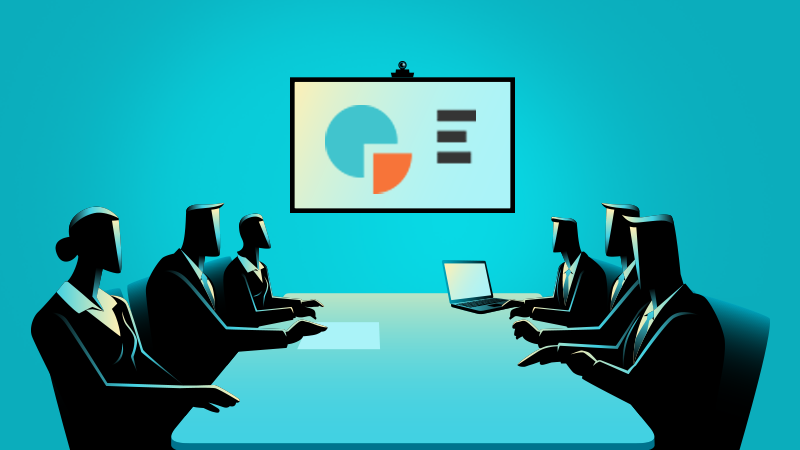
Q&A: Procurement professionals are the ‘ears and eyes’ of a nation’s business activity


The Institute for Supply Management (ISM) publishes an important economic indicator known as Purchasing Managers Index (PMI) every month. The data is obtained from a survey of manufacturing as well as non-manufacturing supply executives based on information they have collected within their respective organizations.
A reading above 50 indicates expansion in the sector and a reading below 50 indicates contraction. This indicator is used by policy makers, economists and financial analysts around the world to plot their next course of action.
Over the years, Beroe has been advocating the importance of Procurement / Purchasing function through its research and publication. Known for its exclusive focus on procurement, Beroe recently interacted with ISM to gather insights on how purchasing activities at a company level adds up as a macro indicator of a nation’s economic performance.
Q&A:
1. The input of Procurement Managers is the keystone for the PMI and NMI indicator. Given this fact, how important is the Purchasing function and why is it critical to survey purchasing managers?
ANSWER: The purchasing and supply management function / discipline is enterprise wide for any business. Supply management interacts with all other disciplines and business units; therefore, they have a pulse and direct insight of all business activities. If they don't have certain information about their respective companies they know the avenue in which to obtain the information.
Anthony S. Nieves, CPSM, C.P.M., A.P.P., CFPM
Chair, ISM Non-Manufacturing Business Survey Committee
2. The monthly PMI and NMI data also helps procurement managers in their day-to-day operations. For the uninitiated, in what ways can Procurement managers make use of monthly PMI/NMI data (both manufacturing and services)?
ANSWER: The composite index measures those indexes that are interrelated the most and can provide an overall view of performance by the sector. Each of the indexes specifically can relay to management information on transportation, logistics, capacity, human resources, current and future activity.
Anthony S. Nieves, CPSM, C.P.M., A.P.P., CFPM
Chair, ISM Non-Manufacturing Business Survey Committee
3. What are the headwinds purchasing managers may face in the coming months? In your discussions, what worries Procurement community the most lately?
ANSWER: In the near future, purchasing managers may see commodity prices surging. Headwinds also include tariffs on imports from China and the EU, with the suppliers trying to pass the increased costs to buyers. The community is seeing long (and lengthening) lead times; many suppliers have their buyers on allocation. Inflation is starting to build momentum, and there’s the possibility that inflation could surge despite the Fed’s plan to raise interest rates.
Tom Derry, ISM CEO
ANSWER: The possible headwinds concerning supply managers today are inflation, tariffs, geopolitical unrest, employment and the possible overheating of the economy.
Anthony S. Nieves, CPSM, C.P.M., A.P.P., CFPM,
Chair, ISM Non-Manufacturing Business Survey Committee
Related Insights:
View All
Get more stories like this
Subscirbe for more news,updates and insights from Beroe






